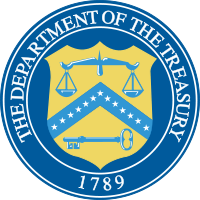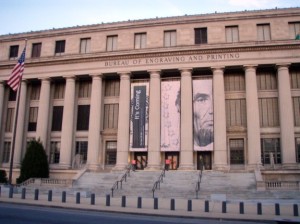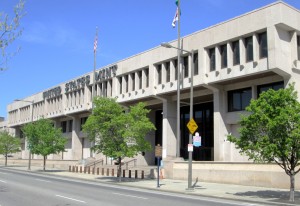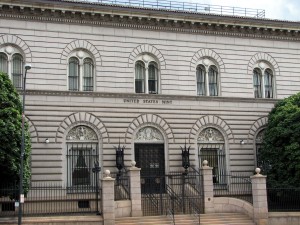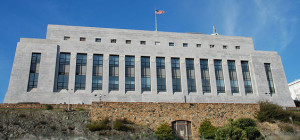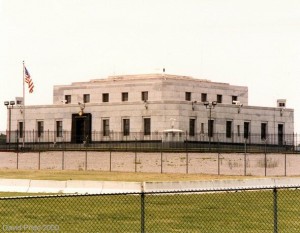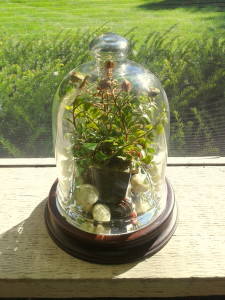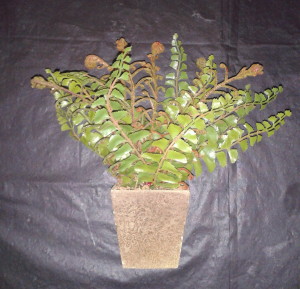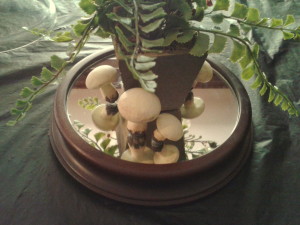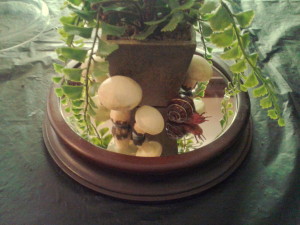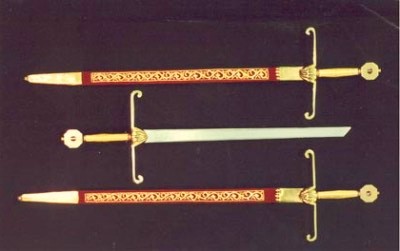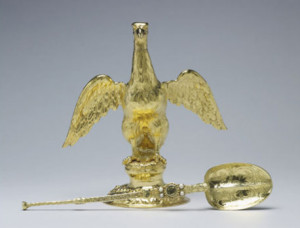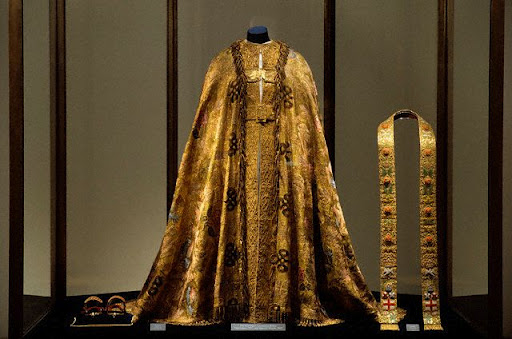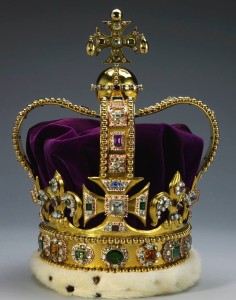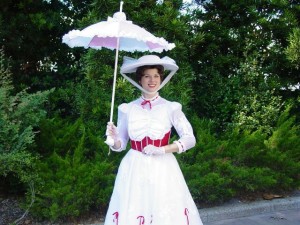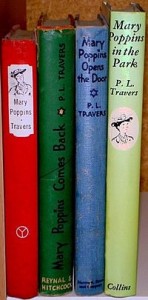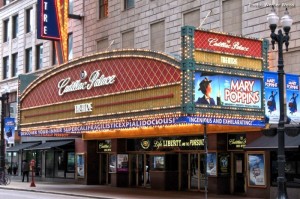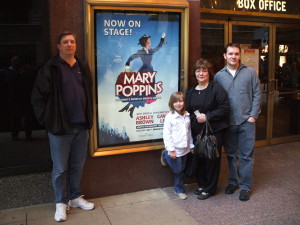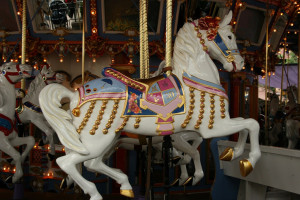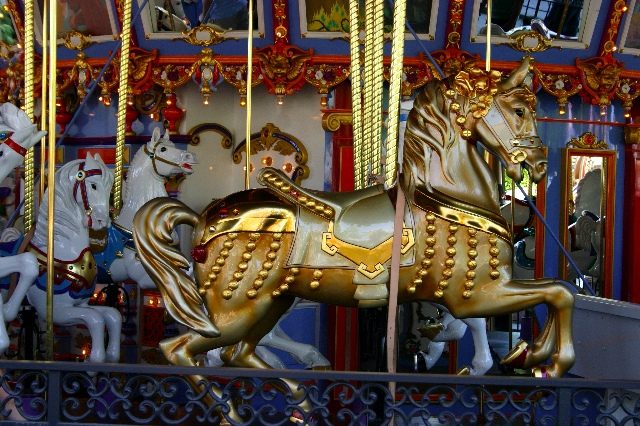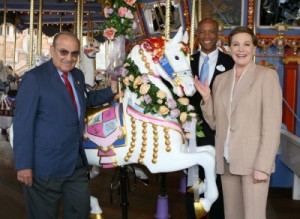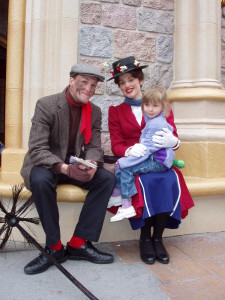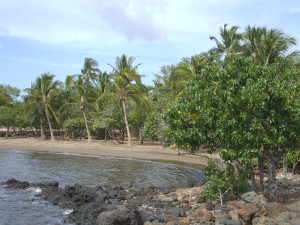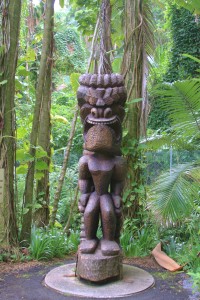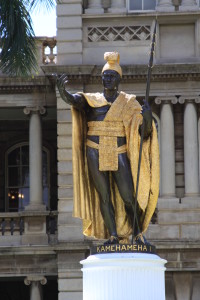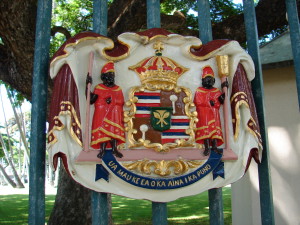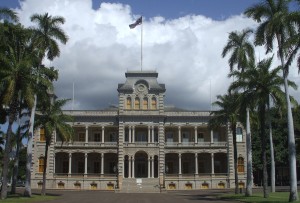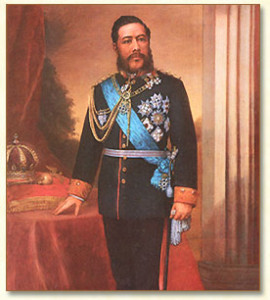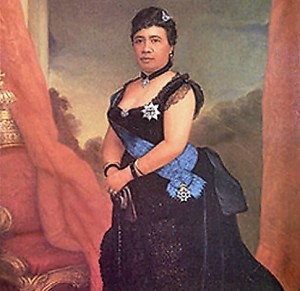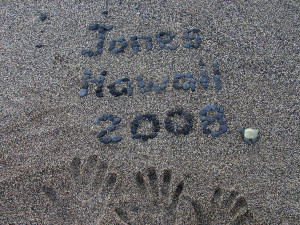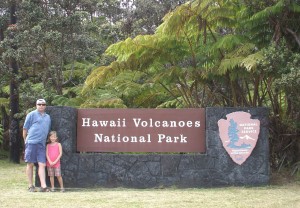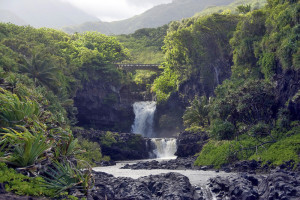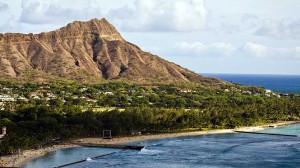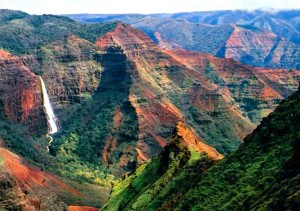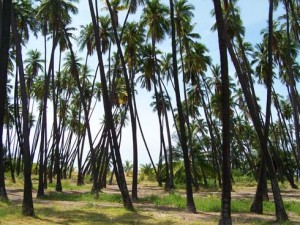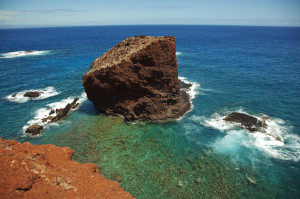Today in history the U.S. Treasury Department was established in 1789. This post will discuss the history of the Treasury Department and the functions of the Bureau of Engraving and Printing located in Washington, D.C. and the U.S. Mint which has several locations across the United States.
A Brief History of the U.S. Treasury Department
Established by an act of Congress in 1789, the Department of the Treasury is an executive department of the U.S. federal government. The first Secretary of the Treasury was Alexander Hamilton. He was appointed by President George Washington and sworn in on September 11, 1789. During his five years as the Treasury Secretary, he established the nation’s first financial system.
Currently, the U.S. Treasury Department prints all paper currency and postage stamps at the Bureau of Engraving and Printing located in Washington, D.C. and the U.S. Mints create all coins in circulation throughout the United States. The Treasury Department manages all the United States federal finances, supervises the national banks and lending institutions, advises on domestic and international financial, economic and trade policies, and enforces and collects all federal taxes while investigating and prosecuting tax evaders through the Internal Revenue Service.
The Bureau of Engraving and Printing
The Bureau of Engraving and Printing is a government agency of the U.S. Treasury Department which designs and produces a variety of secured products for the United States Government, mainly the Federal Reserve Notes (paper currency).
The Bureau began in 1861 during the Civil War and was authorized by Congress to issue paper currency instead of coins due to the lack of funds needed to support the war. The paper currency was basically a government IOU and were called Demand Notes which were payable “on demand” in coin at the Treasury facilities. At the time, a private company produced the Demand Notes in sheets of four, then clerks would sign the individual notes by hand and workers would trim and cut the sheets into individual Demand Notes.
Initially the currency processing operations of the Treasury Department were not formally organized until the formation of the Bureau of Engraving and Printing which was officially recognized by congressional legislation in 1874.
By 1918 the plate capacity used in the printing presses increased from four to eight notes per sheet to meet the production requirements needed during World War I. Then in 1929, there was the first major design change in paper currency. The bill design was standardized and the size of each bill was reduced and the Bureau converted from the eight to twelve notes per sheet. This redesign helped to reduce paper costs and counterfeit deterrents were implemented for the general public to recognize the bills features.
In 1952, there were further improvements with new faster-drying inks that enable printed back sheets to be kept damp until the front sheets were printed allowing less distortion since the sheets needed to be dampened before each printing. The size of each sheet was also increased from twelve to eighteen notes per sheet. Then in 1957, the Bureau began printing currency with the dry intaglio method which uses special paper and inks and further increased from eighteen to thirty-two notes per sheets. Since 1968, all currency has been printed using this method of the dry intaglio and the need to wet each paper prior to printing was permanently eliminated.
With the dry intaglio process, the note engravings were transferred to steel plates. With this new method the ink is applied directly to the plates and then wiped clean leaving the ink only in the engraved lines. The plate is pressed against the sheet of paper allowing the ink to be applied. Both faces are printed and overprinted with the Treasury Seals and serial numbers.
In addition to paper currency, the Bureau has designed and printed a variety of secured products for the U.S. federal government over the years. These items have included military commissions and award certificates, invitations for White House events, passports for the State Department, money orders for the Post Office Department and many different types of identification cards, forms and special security documents for all types of government agencies.
In 1894, the Bureau took over the production of postage stamps for the United States government and by the end of that first year the stamp production was more than 2.1 billion stamps. Then in 2005, the United States Postal Service switched to private postage stamp printers and thus ended 111 years of production by the Bureau.
The Bureau of Engraving and Printing has two locations. The main location in Washington, D.C. offers a free 30-minute guided tour which features information regarding the various phases of currency production. Tours are available Monday through Friday. There is an additional Bureau location in Fort Worth, Texas with visitor tours available during business hours. The Bureau locations are closed for all federal holidays and the week between Christmas and New Year’s Day.
The United States Mint
The United States Mint was created by Congress with the Coinage Act of 1792 and was originally a part of the Department of State. In 1799, the Mint was made an independent agency and later in 1873 it became part of the Department of the Treasury.
The function of the U.S. Mint is to design and produce coins, commemorative medals, and special coins, in addition to safeguarding, controlling and disbursing gold and silver bullion for authorized federal government purposes.
Currently there are four coin producing locations, the Mint’s headquarters in Philadelphia, PA. and additional facilities in Denver, San Francisco and West Point, New York and a gold bullion depository at Fort Knox, Kentucky. Several additional facilities across the United States have opened and closed since the creation of the U.S. Mint.
The Philadelphia Mint –
The Philadelphia Mint is the largest mint and the current facility opened in 1969, there have also been three previous buildings located in Philadelphia. The Philadelphia location is also the site of the master die production for the U.S. coinage and the design and engraving departments of the U.S. Mint are also located there.
The Denver Mint –
The Denver location began in 1863 as the local assay office five years after the discovery of gold in the area and by the early 1900s the office was bringing in over $5 million in annual gold and silver deposits. In 1906 the Mint officially opened the new Denver Mint and became coin production.
The San Francisco Mint –
The San Francisco location opened in 1854 during the California Gold Rush but moved to a new location in 1874. This building was one of the few that survived the 1906 earthquake and closed in 1937 when the current facility was built. Currently the facility is producing only proof coinage and not general circulation coins.
West Point, New York –
The West Point facility is the newest mint location as of 1988. Originally the West Point Bullion Depository opened in 1937 and cents (pennies) were produced there from 1973 to 1986. Currently the West Point facility is still used for storage of a portion of the United States gold bullion reserve and produces gold, silver and platinum American Eagle coins.
Fort Knox –
Fort Knox does not produce coins but is a storage facility for the majority of the United States gold and silver bullion reserves.
In general all coins produced at U.S. Mint facilities are given mintmarks.
Here is the current mintmark information for each coin:
- Cent: Unlike all other coins, which had their mintmarks on the reverse until 1964, the Lincoln cent or penny has always had the mintmark on the obverse side below the date to the right of Lincoln’s bust since its 1909 introduction.
- Nickel: The mintmark was located near the rim of the obverse side to the right of Thomas Jefferson’s bust from 1968 to 2005. With the 2006 redesigned of the obverse of the nickel, the mintmark is now located below the date on the lower right. Many earlier nickels from 1938 to 1964 are still in circulation, and their mintmarks can be found on the reverse side to the right of Monticello, with the exception of the 1942-1945 war nickels.
- Dime: The mintmark is above the date on the obverse side to the right of Franklin Delano Roosevelt’s bust.
- Quarter: The mintmark is to the right of George Washington’s bust.
- Half dollar: The mintmark is below the center of John F. Kennedy’s bust, above the date.
- Presidential dollar: first issued in 2007: The mintmark and date are found on the rim of the coin.
Tour information regarding the Department of Treasury facilities
The Bureau of Engraving and Printing –
Free tours are offered at both facilities, Washington, D.C. and Fort Worth, TX. In general, the tours feature the various steps involved in the production of our national currency. The process starts with large blank sheets of special paper and ends with the finished bills. For more information regarding hours and dates of each facility, please see the website, www.moneyfactory.gov/tours
The U.S. Mints –
Visiting one of the United States Mints is an exciting experience for all ages. Free tours cover the history of the Mint and visitors will be able to see the process that takes from the beginning of designing the coins, creating sculptured dies to the actual making of the coins. For more information regarding hours and dates of each facility, please see the website, www.usmint.gov/mint_tours
Travel tips and suggestions
- Check ahead at each facility for safety and security restrictions. Some may require for adults to provide government-issued photo identification for security purposes.
- If the Department of Homeland Security level is elevated to CODE ORANGE, the United States Mint at Philadelphia will be CLOSED to the public unless otherwise noted.
- The United States Mint reserves the right to deny access to anyone at any time; in addition, members of the general public touring the facility may be subject to search by the United States Mint Police.
- Restrictions regarding cameras and cellphones, purses and backpacks may be prohibited.
- Photography inside the Department of Treasury buildings is prohibited.
- TRAVEL NOTE: Advanced planning is a good idea, especially when planning a short visit to the specific cities, and when possible it is a good idea to make reservations if available.
We have been fortunate to have visited the Bureau of Engraving and Printing when we were in Washington, D.C. in 2002. We also have visited two of the U.S. Mints on our road trips across the United States, the ones in Philadelphia, PA and the Denver, CO. Taking the tours with the family is always exciting and interesting!!

